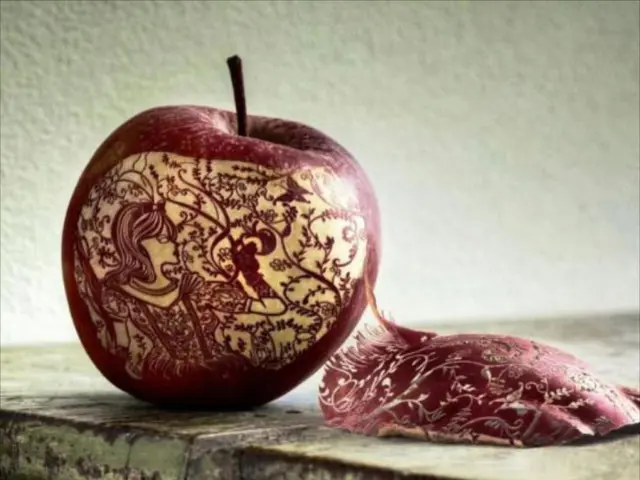Developing Pathways for Elevated Gardens - 4 Functional, Aesthetic, and Cohesive Methods to Frame, Connect, and Unify Your Raised Bed Garden Space
When it comes to designing a beautiful and functional raised garden bed, the pathway you choose can make a significant difference. Here, we explore the advantages and disadvantages of using wood chips, gravel, slate, and stepping stones as pathway materials for your raised garden beds.
Wood Chips
Wood chips offer a soft, natural appearance that complements the garden aesthetic. They are beneficial for water retention and weed retardation, especially when a thick layer is used. However, they do break down relatively quickly and can foster disease and pests.
Gravel
Gravel pathways provide excellent drainage, preventing muddy paths after rain. They are low maintenance and long-lasting, allowing good airflow around raised beds. However, they can shift or scatter, requiring occasional raking and topping up, and weeds may grow through if a good weed barrier is not installed beneath.
Slate
Slate is a durable and aesthetically striking material, offering a relatively stable and firm walking surface. Slate walkways are great for drainage and dry quickly. However, slate can be expensive compared to wood chips or gravel, and slate pieces can be sharp or uneven, potentially causing tripping hazards.
Stepping Stones
Stepping stones create defined walking paths that prevent soil compaction. They are easy to install and customize in shape and spacing. However, they can shift or sink if placed on poor base or loose soil, and limited surface area means mud or weeds can grow between stones unless properly maintained.
When selecting pathway materials for raised beds, consider your garden’s climate, maintenance willingness, budget, and desired aesthetics. For example, wood chips are better suited for softer, natural looks and cost-efficiency, while gravel or stone offers more permanence and drainage in wetter climates.
Additional Context
Wood chips are commonly used for their cost-effectiveness and natural appearance but require ongoing maintenance due to decomposition. Gravel pathways offer great drainage and durability but can be less comfortable to walk on and need containment to prevent spreading. Slate is a decorative, durable stone option, often chosen for its visual appeal, though it can be costly and may introduce tripping hazards if stones are uneven. Stepping stones work well for well-defined paths but may need proper installation and upkeep to prevent shifting and weed growth.
Recommended Products
For those looking for quality pathway materials, Kolorscape pea gravel from Walmart offers a nice natural look and is great for outdoor projects. When it comes to stepping stones, Walmart provides various options, including stone, wood, mosaic pebbles, cast iron, and weatherproof plastic.
In conclusion, the choice of pathway material for your raised garden beds depends on your specific needs and preferences. By considering the advantages and disadvantages of each material, you can make an informed decision that will enhance the beauty and functionality of your garden.
Wood chips, with their natural aesthetic and benefits for water retention and weed control, might be a suitable choice for individuals prioritizing a cost-effective, softer-looking lifestyle in their home-and-garden space, yet ready to undertake regular maintenance.
On the other hand, homeowners seeking a more permanent, well-draining pathway material in their home-and-garden or raised garden beds, particularly those in wetter climates, could find gravel or stone options preferable due to their durability and drainage capabilities, even though they may require some maintenance.







